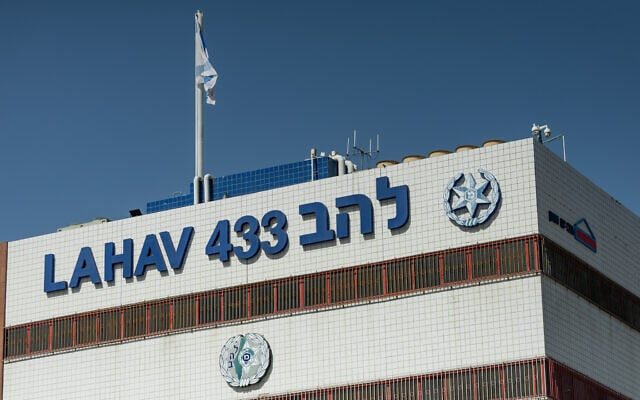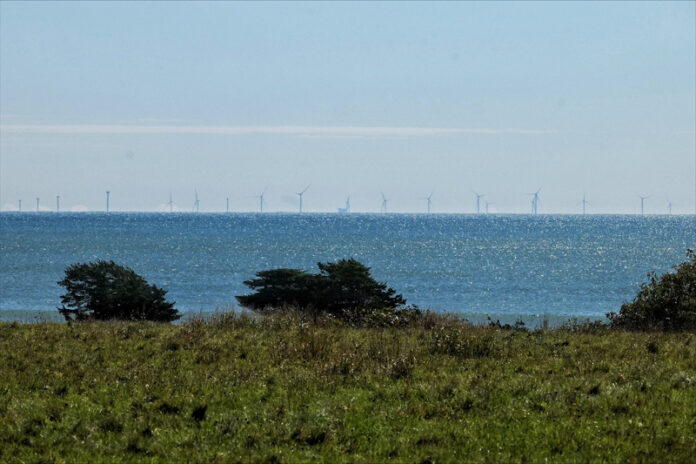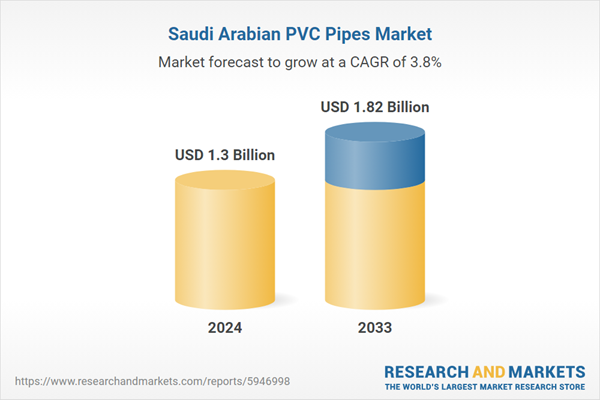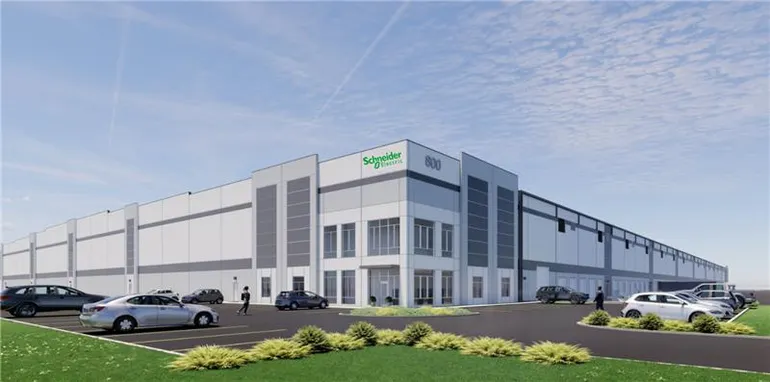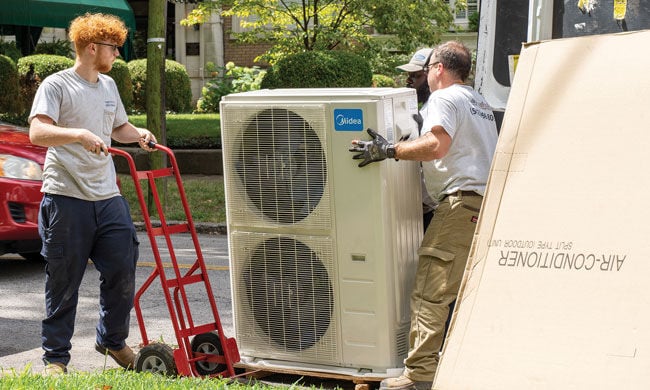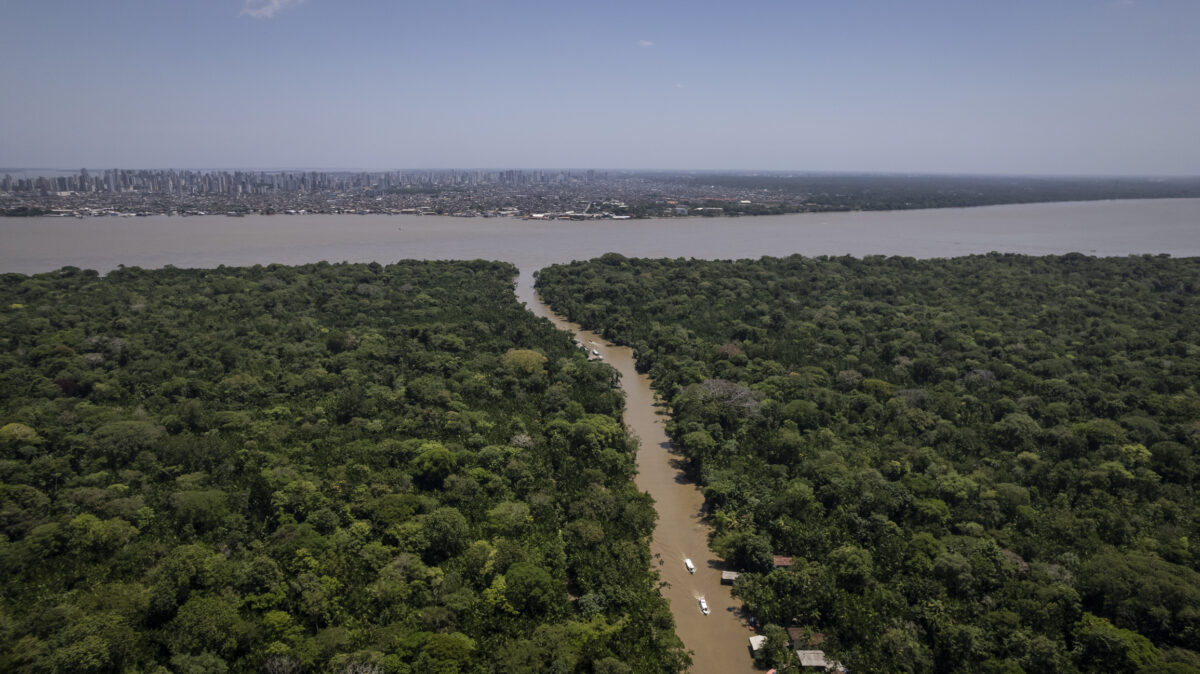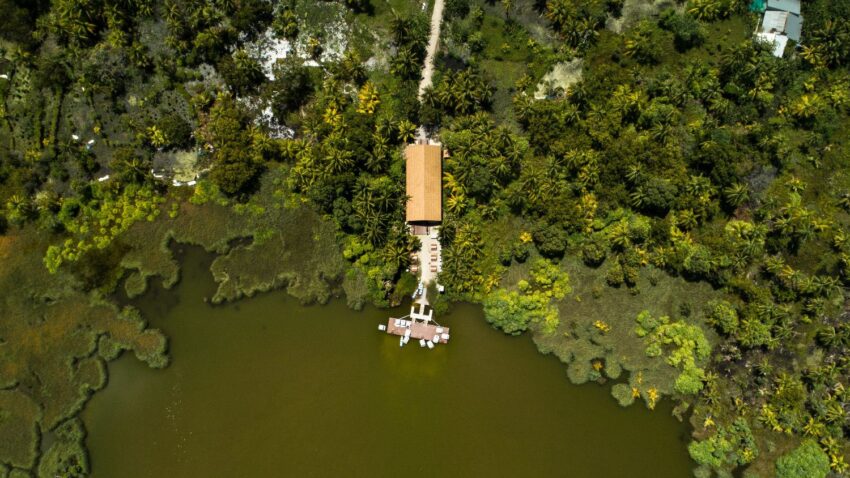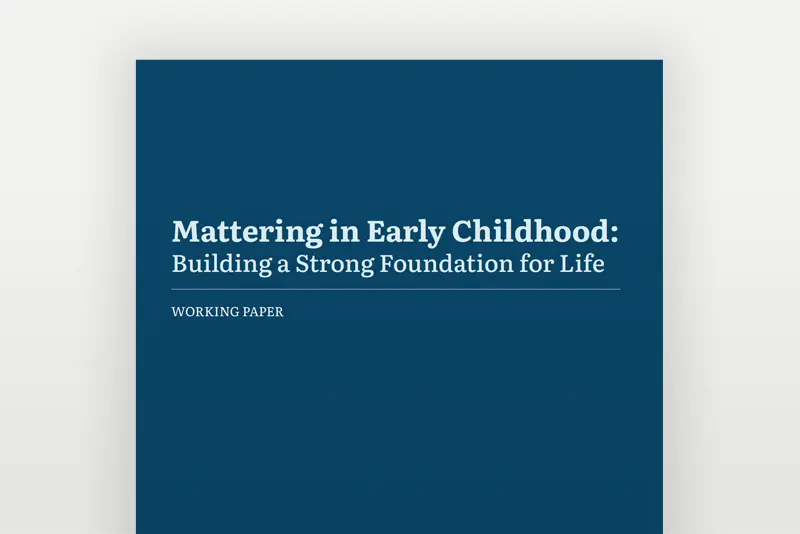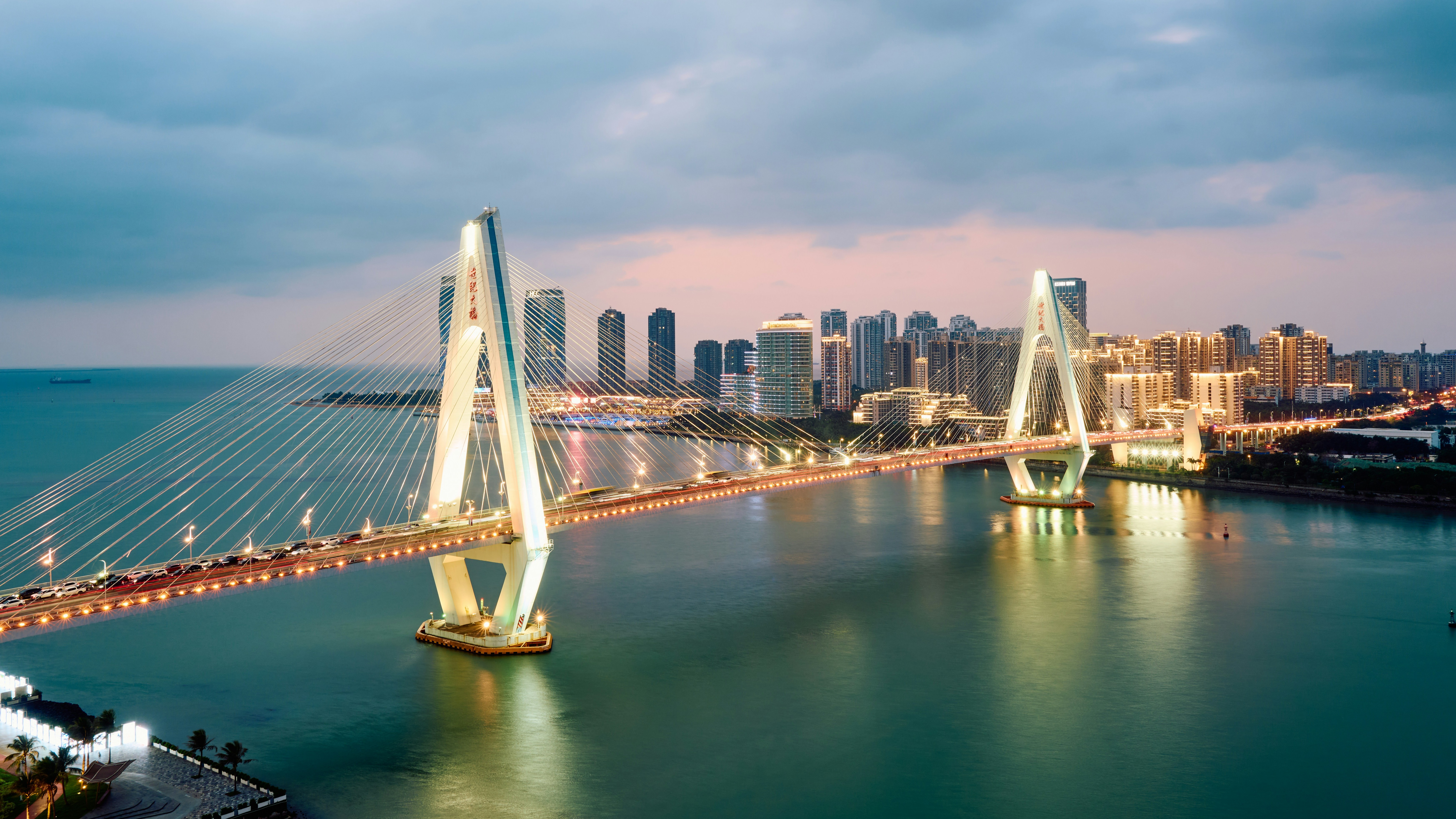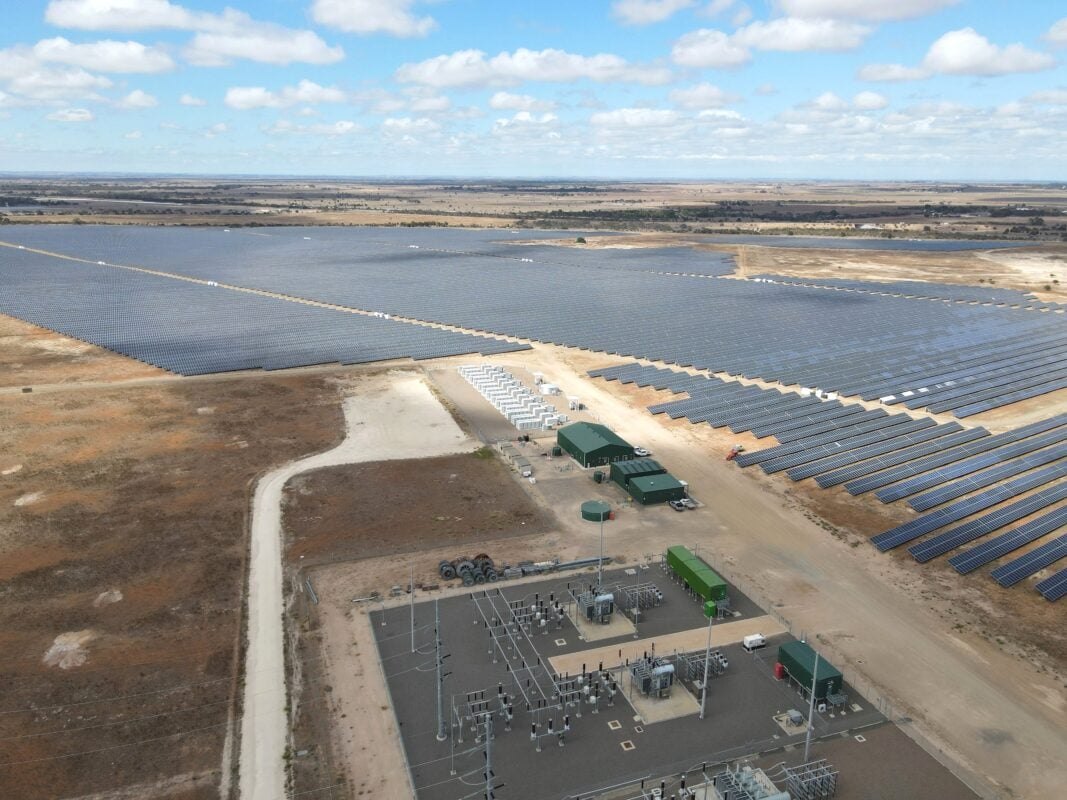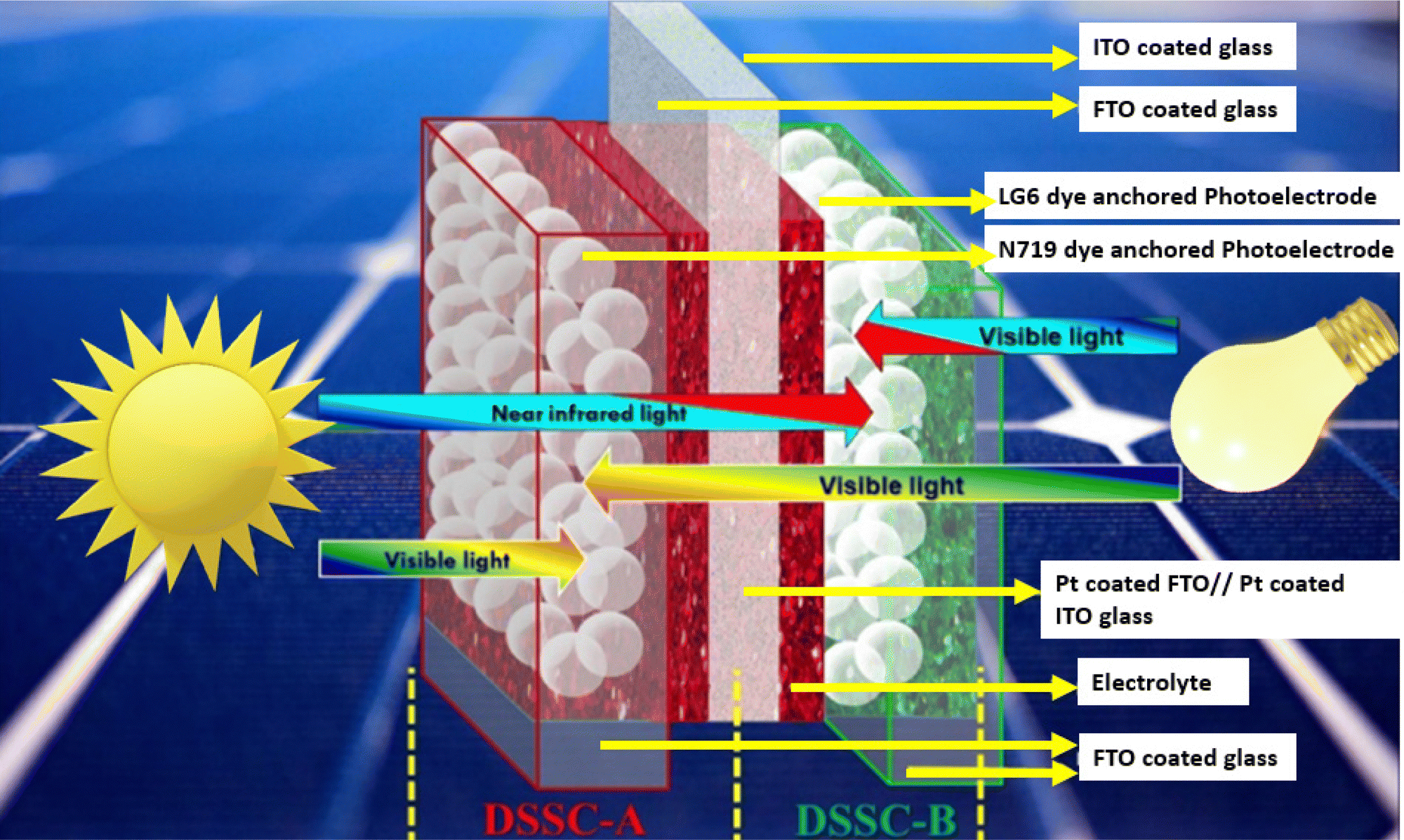Clean power deal partnership with Google to benefit two Susquehanna River dams – York Daily Record

Report on the Brookfield-Google Hydroelectric Power Agreement and Alignment with Sustainable Development Goals
Executive Summary
A landmark agreement has been established between Brookfield Asset Management, Brookfield Renewable, and Google to facilitate the largest corporate procurement of hydroelectric power to date. This Hydro Framework Agreement (HFA) represents a significant step in corporate clean energy adoption and aligns directly with several United Nations Sustainable Development Goals (SDGs). The initial phase of this agreement centers on facilities in York County, Pennsylvania, and will supply carbon-free energy to support Google’s data center operations.
Agreement Scope and Key Details
The first contracts executed under the HFA provide a framework for long-term clean energy supply and infrastructure investment.
- Parties Involved: Brookfield Asset Management, Brookfield Renewable, and Google.
- Assets: The Holtwood Dam and Safe Harbor hydroelectric facilities located on the Susquehanna River.
- Scale and Value: The 20-year Power Purchase Agreements (PPAs) represent over $3 billion of power and 670 MW of capacity.
- Geographic Focus: The initial contracts will support Google’s operations within the PJM Interconnection, the electricity grid serving the mid-Atlantic region. The HFA allows for future expansion into other U.S. regions, including the MISO market.
Contribution to SDG 7: Affordable and Clean Energy
This agreement is a direct contribution to achieving SDG 7, which aims to ensure access to affordable, reliable, sustainable, and modern energy for all.
- Increasing Renewable Energy Share: The deal significantly increases the proportion of renewable energy in Google’s consumption portfolio, utilizing hydropower as a dependable, carbon-free source.
- Ensuring Energy Reliability: Hydropower provides a consistent and reliable baseload power source, which is critical for supporting the growing energy demands of digitalization and artificial intelligence, thereby enhancing grid stability.
- Promoting Clean Technology: The agreement champions a proven, low-cost, and clean energy technology, setting a precedent for other large-scale corporate energy procurements.
Advancing SDG 9 (Industry, Innovation, and Infrastructure) and SDG 13 (Climate Action)
The HFA is structured to promote infrastructure resilience and take urgent action to combat climate change.
- Sustainable Infrastructure (SDG 9): The agreement includes provisions for Google to procure power from up to 3,000 MW of hydroelectric assets that will be relicensed, overhauled, or upgraded. This investment extends the useful life of critical infrastructure and enhances its efficiency and contribution to the grid.
- Climate Action (SDG 13): By securing a massive supply of carbon-free electricity, the partnership directly mitigates climate change by displacing fossil fuel-based power generation and reducing greenhouse gas emissions associated with Google’s operations.
- Supporting Essential Services: The transaction structure allows Brookfield to maintain existing power commitments from the Safe Harbor facility to consumers like Amtrak, ensuring that critical public transport infrastructure continues to be supported by clean energy.
Fostering SDG 17 (Partnerships for the Goals) and SDG 8 (Decent Work and Economic Growth)
The collaboration serves as a powerful example of multi-stakeholder partnerships driving sustainable development and creating economic opportunities.
- Strategic Partnership Model (SDG 17): The agreement between Brookfield, a leading asset manager and renewable power operator, and Google, a technology giant, exemplifies the cross-sector collaboration required to achieve global sustainability targets.
- Job Creation and Economic Growth (SDG 8): The long-term investment in operating and upgrading major hydroelectric facilities is expected to create and sustain local jobs, contributing to the economic vitality of communities in Pennsylvania and other future project regions.
SDGs Addressed in the Article
The article discusses a large-scale clean energy agreement, touching upon several Sustainable Development Goals (SDGs) related to energy, infrastructure, climate action, and partnerships.
- SDG 7: Affordable and Clean Energy
- SDG 9: Industry, Innovation and Infrastructure
- SDG 13: Climate Action
- SDG 17: Partnerships for the Goals
- SDG 8: Decent Work and Economic Growth
Identified SDG Targets
Based on the article’s content, the following specific targets can be identified:
-
SDG 7: Affordable and Clean Energy
- Target 7.2: By 2030, increase substantially the share of renewable energy in the global energy mix.
Explanation: The article focuses on what is described as the “world’s largest corporate clean power deal for hydroelectricity.” The agreement between Brookfield and Google will deliver “carbon-free hydroelectric capacity,” directly increasing the share of renewable energy used to power Google’s operations. The scale is significant, with an initial 670 MW of capacity and the potential for up to 3,000 MW. - Target 7.a: By 2030, enhance international cooperation to facilitate access to clean energy research and technology… and promote investment in energy infrastructure and clean energy technology.
Explanation: The partnership between Brookfield and Google represents a major investment in clean energy infrastructure. The article states the deal includes over “$3 billion of power” and involves agreements to procure electricity from hydroelectric assets that will be “relicensed, overhauled, or upgraded,” promoting investment in existing clean energy facilities.
- Target 7.2: By 2030, increase substantially the share of renewable energy in the global energy mix.
-
SDG 9: Industry, Innovation and Infrastructure
- Target 9.1: Develop quality, reliable, sustainable and resilient infrastructure… to support economic development and human well-being.
Explanation: The agreement involves upgrading and extending the life of key infrastructure, specifically the “Holtwood Dam and Safe Harbor” hydroelectric facilities. The article notes that this collaboration helps build a “stronger grid for all,” highlighting the development of reliable and sustainable energy infrastructure. - Target 9.4: By 2030, upgrade infrastructure and retrofit industries to make them sustainable… with greater adoption of clean and environmentally sound technologies.
Explanation: The deal allows Google to procure electricity from hydroelectric assets that will be “relicensed, overhauled, or upgraded to extend the asset’s useful life.” This directly relates to upgrading existing infrastructure to make it more sustainable and continue its contribution of clean energy.
- Target 9.1: Develop quality, reliable, sustainable and resilient infrastructure… to support economic development and human well-being.
-
SDG 13: Climate Action
- Target 13.2: Integrate climate change measures into national policies, strategies and planning.
Explanation: While this is a corporate agreement, it represents a significant private-sector action that aligns with climate goals. By securing a massive supply of “carbon-free electricity,” the partnership directly contributes to reducing greenhouse gas emissions, a core component of climate action strategies.
- Target 13.2: Integrate climate change measures into national policies, strategies and planning.
-
SDG 17: Partnerships for the Goals
- Target 17.17: Encourage and promote effective public, public-private and civil society partnerships.
Explanation: The entire article is about a “first-of-its-kind” private-private partnership between Brookfield Asset Management and Google. The “Hydro Framework Agreement (HFA)” is a clear example of a large-scale collaboration designed to achieve sustainable development objectives, specifically in the clean energy sector.
- Target 17.17: Encourage and promote effective public, public-private and civil society partnerships.
-
SDG 8: Decent Work and Economic Growth
- Target 8.4: Improve progressively… global resource efficiency in consumption and production and endeavour to decouple economic growth from environmental degradation.
Explanation: The deal aims to power the growing demands of “digitalization and artificial intelligence” with clean, carbon-free energy. This is a direct attempt to decouple economic and technological growth from environmental harm. The article also explicitly states that hydropower “creates jobs,” linking the project to economic growth.
- Target 8.4: Improve progressively… global resource efficiency in consumption and production and endeavour to decouple economic growth from environmental degradation.
Implied Indicators for Measuring Progress
The article provides several quantitative and qualitative indicators that can be used to measure progress toward the identified targets:
- Amount of clean energy capacity: The article specifies “670 MW of capacity” from the initial contracts and the potential to procure from up to “3,000 MWs of hydroelectric assets.” This is a direct indicator for Target 7.2.
- Financial Investment: The deal represents more than “$3 billion of power,” indicating the scale of investment in clean energy infrastructure (Target 7.a).
- Duration of Commitment: The “20-year Power Purchase Agreements” serve as an indicator of a long-term commitment to using renewable energy (Target 7.2).
- Type of Energy: The explicit mention of “carbon-free hydroelectric capacity” is a qualitative indicator for climate action and clean energy (Target 13.2 and 7.2).
- Infrastructure Upgrades: The plan to have assets “relicensed, overhauled, or upgraded to extend the asset’s useful life” is an indicator of progress towards Target 9.4.
- Formal Agreements: The existence of the “Hydro Framework Agreement (HFA)” between two major corporations is a clear indicator of a partnership for the goals (Target 17.17).
- Job Creation: The statement that hydropower “creates jobs” is a qualitative indicator related to economic growth (Target 8.4).
Summary of Findings
| SDGs | Targets | Indicators Identified in the Article |
|---|---|---|
| SDG 7: Affordable and Clean Energy | 7.2: Increase share of renewable energy. 7.a: Promote investment in clean energy infrastructure. |
|
| SDG 9: Industry, Innovation and Infrastructure | 9.1: Develop reliable and sustainable infrastructure. 9.4: Upgrade infrastructure to be sustainable. |
|
| SDG 13: Climate Action | 13.2: Integrate climate change measures into strategies. |
|
| SDG 17: Partnerships for the Goals | 17.17: Encourage and promote effective partnerships. |
|
| SDG 8: Decent Work and Economic Growth | 8.4: Decouple economic growth from environmental degradation. |
|
Source: ydr.com

What is Your Reaction?
 Like
0
Like
0
 Dislike
0
Dislike
0
 Love
0
Love
0
 Funny
0
Funny
0
 Angry
0
Angry
0
 Sad
0
Sad
0
 Wow
0
Wow
0


















